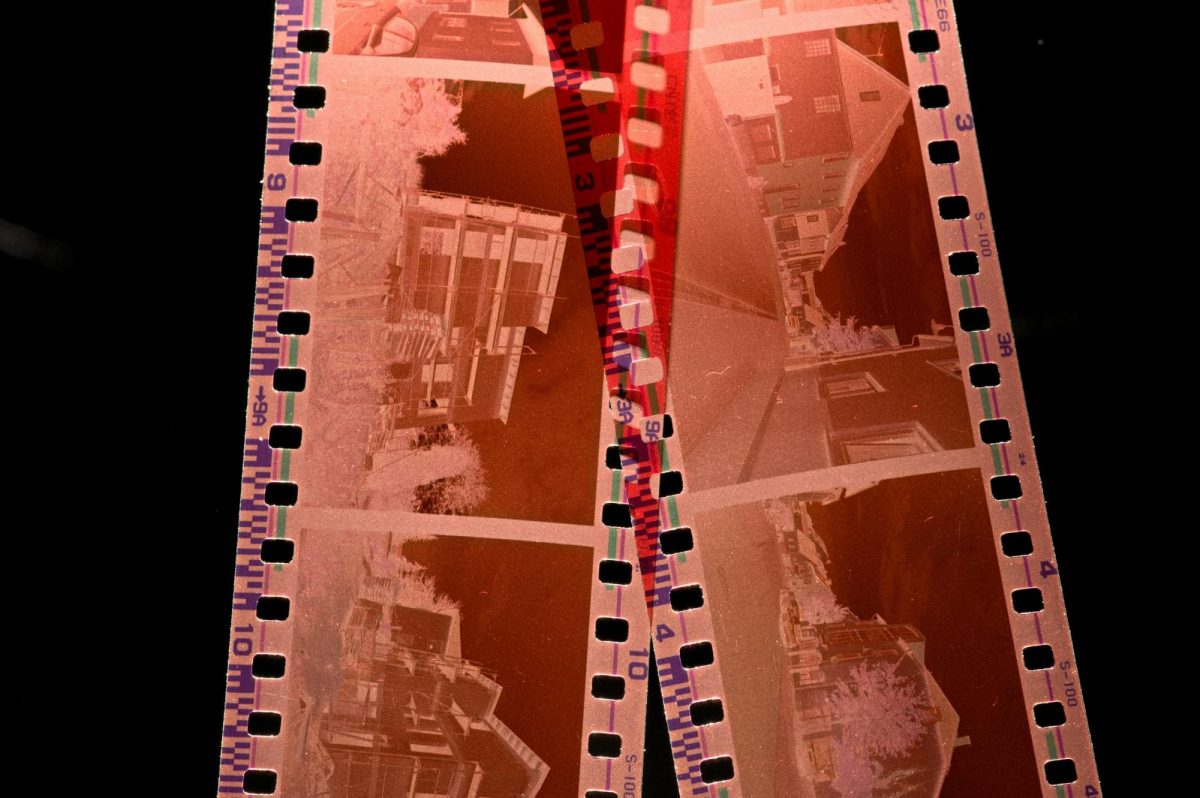Despite the availability of new and more convenient digital photo-taking methods, film cameras are regaining popularity. Since 2018, California based photo lab The Darkroom has seen a more than 20% annual increase in 35mm film processing. In 2022, Kodak announced that they hired more than 300 people for their film manufacturing department to keep up with increasing demand.
Much of this resurgence has been driven by young people. Although digital cameras have been ubiquitous for most, if not all, of their lives, younger generations are attracted to the older technology of film cameras.
Part of the appeal is the unique appearance of the photos that film cameras produce. Film photos have a vibrant color palette, an aesthetic, grainy look, and a good tonal range (the ability to capture the subtle values between light and shadow). Film photography often evokes a nostalgic and timeless feel with its rich and warm colors.
Yet, there are plenty of modern editing applications that can give digital photos the same look. Digital photography also gives instantaneous feedback, allowing a photographer to take multiple photos and preview them immediately. Film photos must be developed in a darkroom—a lengthy and costly process—before they can be seen. So why still use film?
Though having to wait to see one’s photos can be inconvenient to some, for others, the anticipation involved in film photography is part of its charm. And while paying for film rolls and photo development isn’t cheap, that investment may make the final photos feel more special.
The tactile experience of film photography is another part of its appeal. Shooting film involves physical processes such as loading the film roll into the camera, manually advancing frames, and creating negatives. These hands-on experiences cultivate a deeper connection and appreciation for the craft of photography. Conversely, hitting a flat button on a phone and quickly being able to manipulate what’s captured makes the user feel disconnected from the photographic process.
Ms. Sutter, a design technology and visual arts teacher at ASIJ who teaches the HS photography course, also believes that this renewed interest in shooting film comes from a fascination with the craft of photography. The aesthetic of film photos appeals to many nowadays and, for those who practice photography artistically, it can become a significant marker of their style.
Ms. Sutter also said that physical photos are more easily archivable than digital files. For example, while data for digital photos might be frequently lost or corrupted, something like a physical photo album is harder to lose track of.
Overall, the interest—especially among younger generations—in shooting film derives from the unique look, experience, and sentiment of each photo. In an increasingly digital age, a regained appreciation for the art of film photography has led many to turn back the technological clock.


